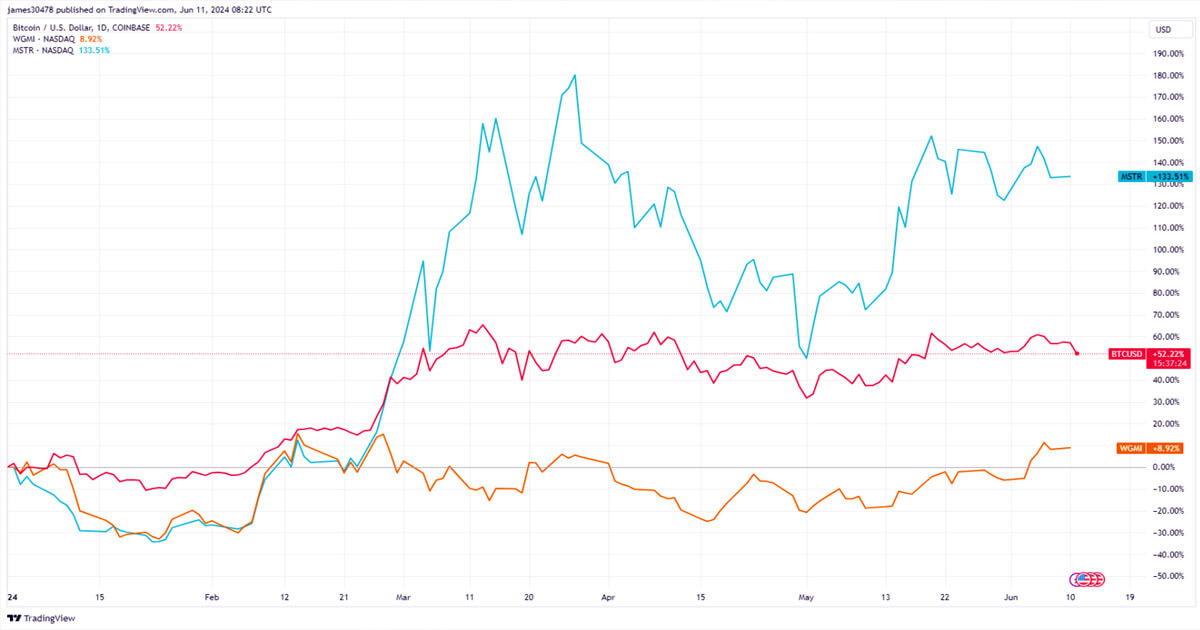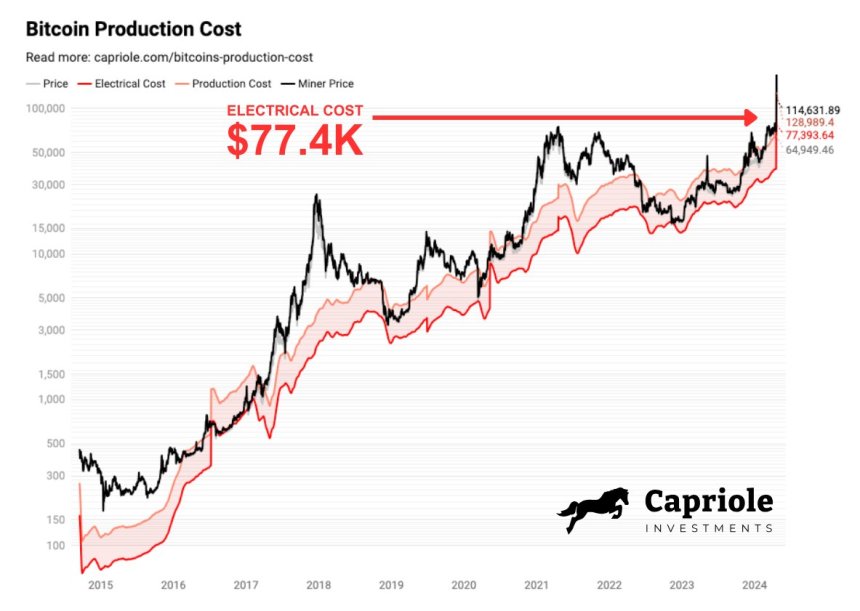
2018-8-25 00:00 |
Pumping the cryptocurrency market is proving to be a difficult task for “whales” and digital asset exchanges, researchers at Bloomberg believe.
$500 Million USDT in August AloneAs observed by the Bloomberg, over $500 million in controversial stablecoin Tether (USDT) has been “printed” throughout August, without a significant increase in Bitcoin’s (BTC) price. Last year, however, the same amount of money could have caused $500-$1,000 in price fluctuations in BTC last year, indicating either a mature market or an overwhelming number of sellers.
Related: Tether Injects $250 Million USD into Crypto Market; Bitcoin, Ethereum Recapture Lost GroundThe once-famed, daily price movements of BTC have been largely absent in 2018, with the pioneer cryptocurrency moving only in one direction–down, and taking every digital token with it.
Anecdotal evidence aside, a University of Texas study concluded that the U.S. dollar-pegged USDT was used to both stabilize and pump BTC prices. Using a flow-cluster metric to associate price action with USDT funding, researchers John Griffin and Amin Shams found that investor demand did not cause significant movement in BTC, but USDT supply did.
While several third-party audits have been launched against Tether and Bitfinex, the supposed “parent” company of Tether, the collective continues to dodge authorities and regulatory action, with an audit in May concluding “no misdoing” on the duo’s part.
The $2.8 billion USDT in circulation implies a value of $2.8 billion in fiat dollars held by the company in a secure vault.
Chainalysis Paper Sheds LightBlockchain research firm Chainalysis also published a paper noting that Tether printing was linked to several other altcoins, such as Litecoin and Ether, showing an 85 percent correlation during tests. Additionally, following the decline of cryptocurrency prices across the board, the correlation has fallen to an average of 7 percent.
Platform tokens NEO and EOS, meanwhile, display a high correlation to Tether use.
The Chainalysis paper concluded at the time:
“High volatility for low-volume Tether trading pairs is a typical sign of pump and dump activity. A sudden spike in a particular trading volume followed by an abrupt decline is characteristic of price manipulation.”
However, despite all the tests and prior reports on the subject, over $515 million of Tether printing has failed to move BTC and other, smaller cryptocurrencies.
All USDT is issued via Bitfinex, which is then moved to six other identified exchanges–Huobi, Bittrex, OKEx, Poloniex, Binance, and Kraken.
The post Report: Tether Printing is Failing to Pump Bitcoin and the Crypto Market appeared first on CryptoSlate.
Similar to Notcoin - Blum - Airdrops In 2024
Tether (USDT) на Currencies.ru
|
|











